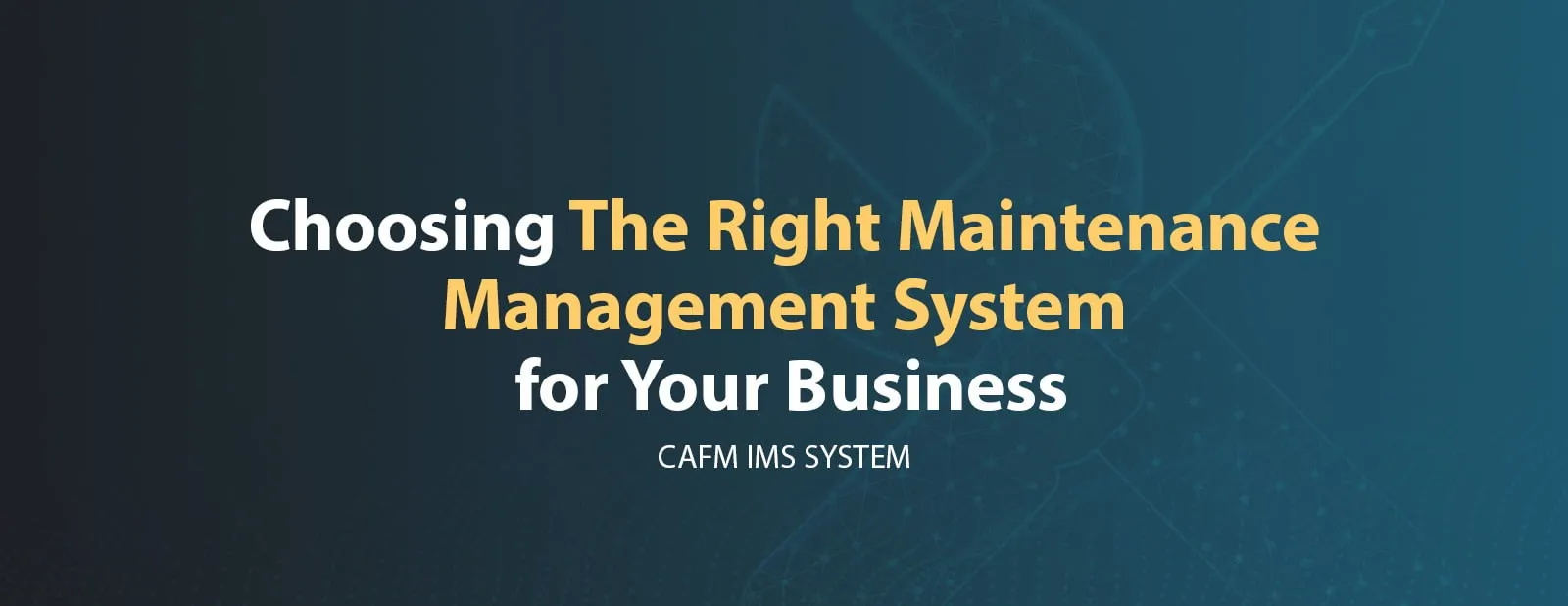
Maintenance management system is an essential tool for businesses to keep their assets in top condition. They help to streamline maintenance processes, improve equipment performance, and reduce costs associated with unplanned downtime. However, choosing the right maintenance management system for your business can be a daunting task. In this article, we will provide a comprehensive guide to help you choose the right maintenance management system for your business.
1. Identify Your Business Needs
Before choosing a maintenance management system, it is crucial to identify your business needs. This includes understanding the size of your facility, the number of assets you need to maintain, and the types of maintenance activities required. For example, a manufacturing facility may require a maintenance management system that can handle preventive maintenance scheduling, work order management, and inventory tracking.
2. Consider Your Budget
When choosing a maintenance management system, it is essential to consider your budget. The cost of a maintenance management system can vary widely, depending on the features and capabilities it offers. A cloud-based solution may be more cost-effective for small businesses, while large businesses may benefit from an enterprise-level solution.
3. Consider Your Business Size and Complexity
The size and complexity of your business can also impact the type of maintenance management system you need. A small business with a limited number of equipment assets may not require the same level of functionality and features as a large corporation with multiple facilities and complex equipment assets. Consider the size and complexity of your business when evaluating different maintenance management systems to ensure you choose a system that fits your specific needs.
4. Evaluate System Features
Maintenance management systems come with a variety of features and capabilities, and it is essential to evaluate them based on your business needs. Some common features include:
- Preventive Maintenance: This feature enables you to schedule regular maintenance tasks to prevent equipment breakdowns and extend equipment life.
- Work Order Management: This feature enables you to manage work orders and assign tasks to maintenance personnel.
- Inventory Management: This feature enables you to track parts and supplies required for maintenance tasks.
- Asset Management: This feature enables you to track and manage assets, including maintenance history and warranty information.
5. Determine Ease of Use
When choosing a maintenance management system, it is essential to consider ease of use. The system should be user-friendly and easy to navigate, with an intuitive interface. It should also offer training and support to help users get up to speed quickly.
6. Evaluate Integration Capabilities
Maintenance management systems should be able to integrate with other business systems, such as enterprise resource planning (ERP) systems, to enable seamless data transfer. This integration capability enables you to avoid duplicate data entry and ensure that your maintenance management system is always up to date.
7. Assess Data Security
Data security is crucial when choosing a maintenance management system. The system should offer robust data security measures, including data encryption and access controls, to ensure that your maintenance data is protected from unauthorized access.
Conclusion:
Choosing the right maintenance management system for your business can be a challenging task. However, by considering your business needs, budget, system features, ease of use, integration capabilities, and data security, you can make an informed decision that will benefit your business in the long run. A maintenance management system can help you streamline maintenance processes, improve equipment performance, and reduce costs associated with unplanned downtime.
